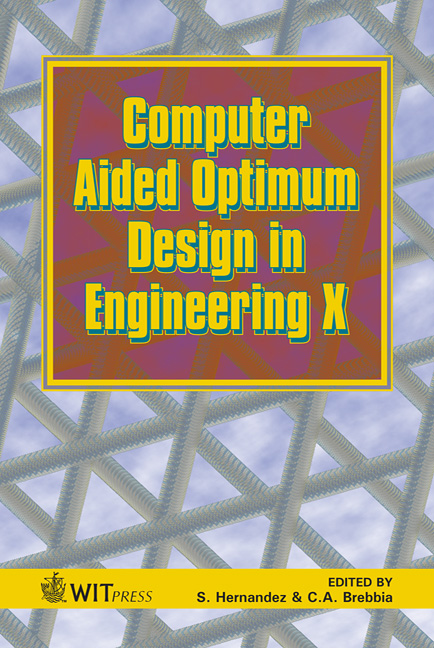Optimal Design Of Fatigue Loaded Heavy-duty Machine Spring Elements
Price
Free (open access)
Transaction
Volume
91
Pages
11
Published
2007
Size
1,306 kb
Paper DOI
10.2495/OP070161
Copyright
WIT Press
Author(s)
H. Martikka & I. Pöllänen
Abstract
The aim of this paper is to present results of using fundamental machine element design principles into re-designing optimally heavy-duty springs used in terrain machinery and in industry. The use of standard procedures often results in recurrent fatigue fracture failures. This reveals the need for optimal innovative design principles which are not found in standards. Analytical calculations reveal the main causes of failures to be the local bending due to eccentric highly impact force application at squared and ground ends and wearing away of the shot peening protection. Optimum design is used to solve the problem by finding the optimal spring. Goals are minimisation of wire volume, space restriction, desired spring rate, avoidance of surging and achieving reliably long fatigue life. Available fatigue dimensioning methods are used with amplitude-mean stress diagrams and S-N curve approaches. Conclusions are supported by using full 3D solid FEM analysis by which the stresses, strains, deformations and natural frequencies and modes are obtained. Then FEM is used to optimally fine tune and validate the best result. Keywords: industrial optimisation, helical springs, fatigue. 1 Introduction Background for this study is observation that conventionally designed helical springs did not have the expected long lifetime. Analyses of many case studies have gives gave clue that a additional effects contributed strongly, Among these are the highly impacting bending and torsional stress peaks due to non symmetric pressure application at ground spring ends. The conventional standards of dimensioning do not take these effects into account.
Keywords
industrial optimisation, helical springs, fatigue.





